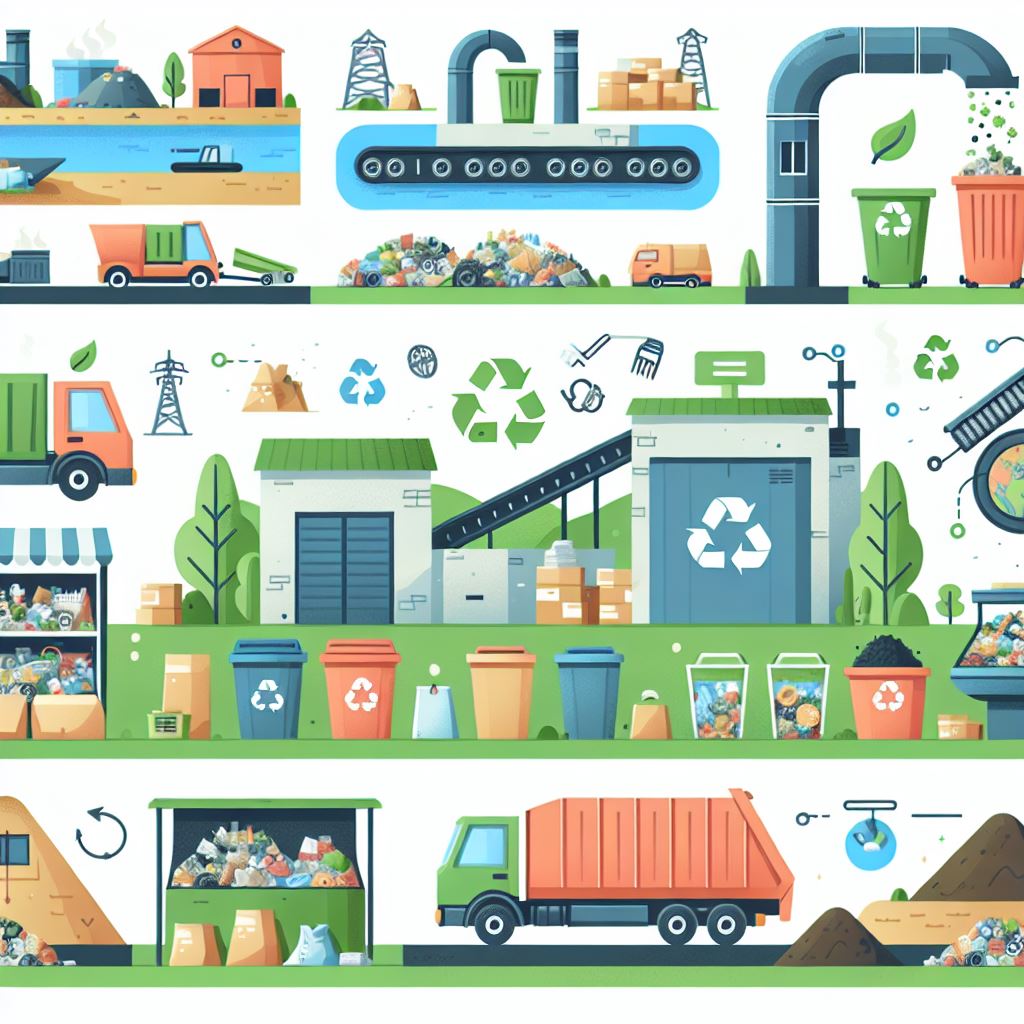The Single Strategy To Use For Reclaim Waste
The Single Strategy To Use For Reclaim Waste
Blog Article
The Best Strategy To Use For Reclaim Waste
Table of ContentsReclaim Waste for BeginnersThe smart Trick of Reclaim Waste That Nobody is DiscussingNot known Details About Reclaim Waste Reclaim Waste Fundamentals ExplainedThe Only Guide to Reclaim WasteA Biased View of Reclaim Waste
Via proper fluid waste management, companies can decrease energy-intensive treatment procedures and disposal prices. By following a system for handling fluid waste, business can stay clear of pricey penalties and fines and avoid unfavorable promotion.Stay in advance of laws and preserve a safe work environment with a digitized conformity tool. Identifying fluid waste is vital for effective storage space, therapy, and disposal. Environmental, Health And Wellness, and Safety And Security (EHS) groups, waste administration policemans, and conformity supervisors can take care of these wastes safely and effectively when they understand the fundamentals: Created from homes, this kind of fluid waste comes from toilets, sinks, showers, and washing equipments.
(https://www.giantbomb.com/profile/reclaimwaste1/)Collect depictive samples from different factors within the waste stream to make certain precision. Conduct regular screening to track any kind of adjustments in the composition. Keep thorough records of characterization for future recommendation and conformity functions. Liquid waste, especially unsafe ones, postures significant dangers during this action. Proper procedures lessen spills, leakages, and various other accidents that can harm the workers and the general public.
The Reclaim Waste Ideas
Shop waste in safe and leak-proof containers to prevent spills throughout collection. Tag the containers properly, including the type of waste, prospective threats, and dealing with guidelines.
Disinfection (e.g., chlorination, ultraviolet light, ozonation) and nutrient elimination (e.g., denitrification and phosphorus obliteration) are recommended under strict regulations. Numerous firms breached numerous liquid waste disposal policies in recent years.
After picking the ideal kind of therapy technique for fluid waste, companies need to discover means to take care of this effectively. Here are some reliable approaches of liquid waste administration: obtain most treated fluid waste that satisfies discharge criteria. describes using cured wastewater in farming lands for irrigation as long as the effluent fulfills hygienic degrees per guidelines.
Fascination About Reclaim Waste
Superficial containers include liquid waste that is allowed to evaporate through all-natural procedures. This type of disposal is subject to stringent ecological policies due to potentially harmful discharges.
The searchings for must be documented, assessed, and stored not just for submission to governing authorities however also for making improvements in the future. Usage trustworthy tools, approaches, and software options to ensure accurate and regular information collection. Remain upgraded on relevant ecological policies and sector requirements. Share details with relevant stakeholders (e.g., staff members, regulatory government firms, and neighboring neighborhoods) to maintain transparency and liability.
The 10-Minute Rule for Reclaim Waste
No matter the business dimension or sector, there are numerous difficulties connected with this task. Recognizing these can help them properly manage their operations and reduce their ecological effect. makes it difficult to treat and dispose of fluid waste safely. Companies that can't invest in centers need to think about working together with the general public field for much better remedies.
Fluid waste refers to any kind of product in a fluid state that is surplus, undesirable, or disposed of. One significant difficulty for firms is the lack of suitable storage space centers for liquid waste. Partnering with fluid waste solutions will significantly reduce this obstacle Criterion miss containers and various other containers that are generally made use of for solid waste are frequently not enough for the unique demands of handling liquid products.
Getting The Reclaim Waste To Work
This blog delves into the characteristics of liquid waste, reviewing just how spills and contamination incidents can be taken care of effectively. It also explores the measures business can take to prevent future leaks and what to do when spills inevitably take place. Fluid waste consists of any kind of undesirable or surplus product that exists in a fluid kind and is established for disposal.
This kind of waste emerges when an item is no much longer required, a lot like any kind of other kind of garbage. It is important to engage trained liquid waste monitoring professionals when moving or disposing of liquid waste.

Get This Report about Reclaim Waste
"product has to pass with a 0.45-micron filter at a stress differential of 75 psi" in order to be specified as a fluid. Both have their differences.
Oil spills can lead to dirt contamination and various other ecological disasters. Both companies and individuals can considerably take advantage of comprehending correct trash disposal processes through 9 ideal methods in waste management. These approaches are aligned with the well-known waste pecking order. Waste prevention is one of the most efficient strategy for handling sources and lowering ecological influence.

Report this page